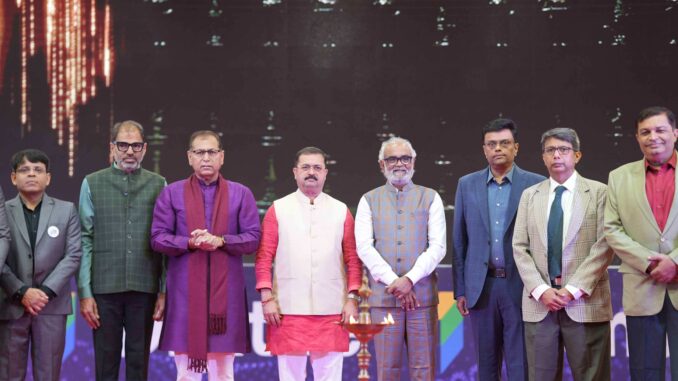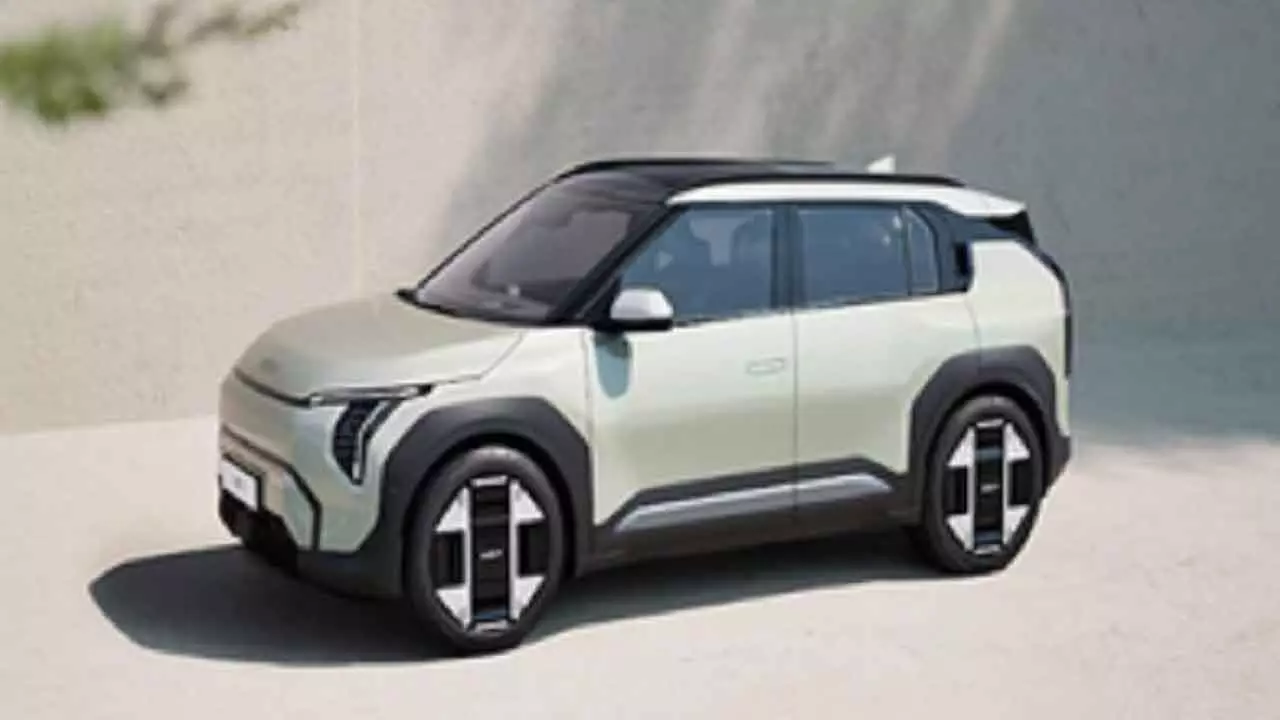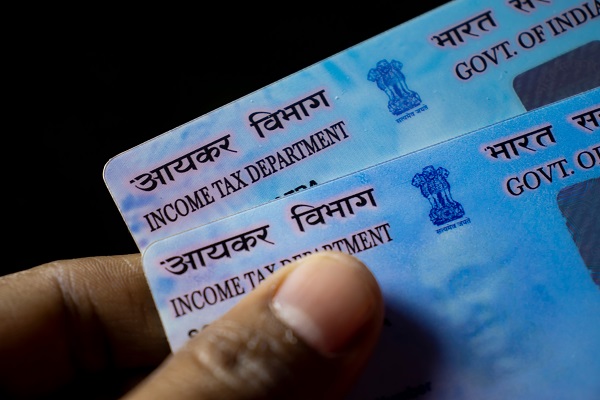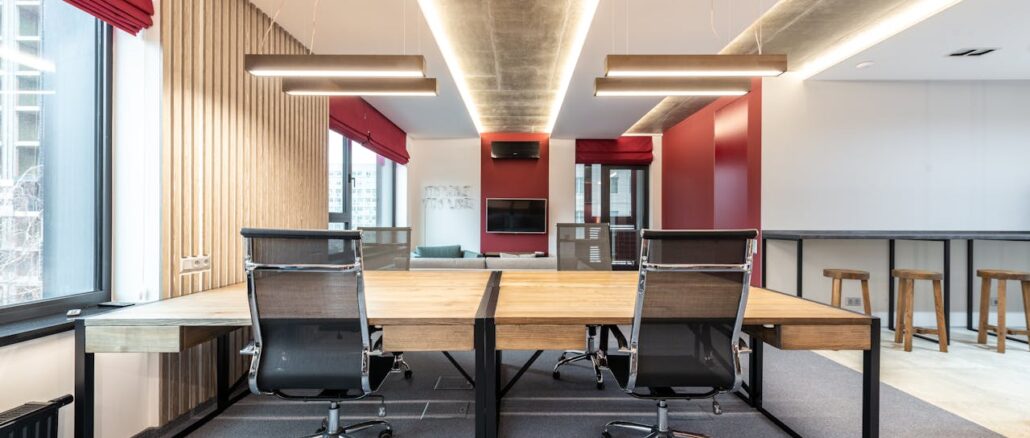Renowned Japanese automobile manufacturers Nissan Motor Co., Ltd. and Honda Motor Co., Ltd. have signed a memorandum of understanding (MoU) to start discussions and considerations toward a business integration between the two companies through the establishment of a joint holding company, an official news release, published on December 23, stated.

To further accelerate their efforts toward achieving a carbon-neutral society and a zero-traffic-fatality society, Nissan and Honda signed an MoU on March 15 regarding a strategic partnership for the era of vehicle intelligence and electrification. Since then, the two companies have held discussions aimed at collaboration in various fields.
On August 1, both companies signed a further MoU to deepen the framework of the strategic partnership. The companies also announced that they had agreed to carry out joint research in fundamental technologies in the area of platforms for next-generation software-defined vehicles (SDVs), particularly in the areas crucial for intelligence and electrification, to advance focused discussions toward more concrete collaboration.
WATCH: Honda and Nissan have started talks toward a potential merger, they said, a historic pivot for Japan’s auto industry that underlines the threat Chinese EV makers now pose to some of the world’s best known car makers https://t.co/Ri4XsXHdGP pic.twitter.com/GOXLk8katu
— Reuters Business (@ReutersBiz) December 23, 2024
Throughout the process, the two companies have engaged in discussions in consideration of various possibilities and options. At the same time, the business environment for both companies and the wider automotive industry have rapidly changed and the speed of technological innovation has continued to accelerate. The MoU between Nissan and Honda announced on December 23 is aimed to serve as an option to maintain global competitiveness and for the two companies to continue to deliver more attractive products and services to customers worldwide
If the business integration can be realized, both companies can aim to integrate their respective management resources such as knowledge, human resources, and technologies; create deeper synergies; enhance the ability to respond to market changes; and expect to improve mid- to long- term corporate value.
Additionally, Nissan and Honda can aim to further contribute to the development of Japan’s industrial base as a “leading global mobility company” by integrating Nissan and Honda’s four-wheel-vehicle and Honda’s motorcycle and power products businesses, continue to make the brands of both companies more attractive and deliver more attractive and innovative products and services to customers worldwide.

Marking the announcement, Nissan CEO Makoto Uchida said: “Today marks a pivotal moment as we begin discussions on business integration that has the potential to shape our future. If realized, I believe that by uniting the strengths of both companies, we can deliver unparalleled value to customers worldwide who appreciate our respective brands. Together, we can create a unique way for them to enjoy cars that neither company could achieve alone.”

Honda CEO Toshihiro Mibe said: “Creation of new mobility value by bringing together the resources including knowledge, talents, and technologies that Honda and Nissan have been developing over the long years is essential to overcome challenging environmental shifts that the auto industry is facing. Honda and Nissan are two companies with distinctive strengths. We are still at the stage of starting our review, and we have not decided on a business integration yet, but in order to find a direction for the possibility of business integration by the end of January 2025, we strive to be the one and only leading company that creates new mobility value through chemical reaction that can only be driven through synthesis of the two teams.”
Potential synergies from the business integration
Nissan and Honda will establish an integration preparatory committee to facilitate a smooth integration and will conduct focused discussions.
Based on the committee’s discussions, as well as the results of due diligence, the companies will examine and analyse more specific synergies. By promptly realising the synergies from the integration, Nissan and Honda can aim to become a world-class mobility company with sales revenue exceeding 30 trillion yen and operating profit of more than 3 trillion yen, the news release said.
The expected synergies from the business integration at this time are:
Scale advantages by standardizing vehicle platforms
By standardising the vehicle platforms of both companies across various product segments, the companies expect to create stronger products, reduce costs, enhance development efficiencies, and improve investment efficiencies through standardised production processes.
The integration is projected to increase sales and operational volumes, allowing the companies to reduce development costs per vehicle, including for future digital services, while maximising profits.
By accelerating the mutual complementation of their global vehicle offerings – including ICE, HEV, PHEV, and EV models – Nissan and Honda will be better positioned to meet diverse customer needs around the world and deliver optimal products, leading to improved customer satisfaction.
Enhancement of development capabilities and cost synergies through the integration of R&D functions
In accordance with the MOU to deepen strategic partnership and the joint research agreement on fundamental technologies dated August 1, the two companies have started joint research in fundamental technologies in the area of vehicle platforms for next- generation software-defined vehicles (SDVs), which is the cornerstone of the field of intelligence.
After the business integration, both companies will encompass more integrated collaboration across all R&D functions, including fundamental research and vehicle application technology research. This approach is expected to enable both companies to efficiently and swiftly enhance their technological expertise, achieving both improvements in development capabilities and reductions in development costs through the integration of overlapping functions.
Optimising manufacturing systems and facilities
The companies anticipate that optimising their manufacturing plants and energy service facilities, combined with improved collaboration through the shared use of production lines, will result in a substantial improvement in capacity utilisation leading to a decrease in fixed costs.
Strengthening competitive advantages across the supply chain through the integration of purchasing functions
To fully leverage the synergies from optimising development and production capacity, both companies intend to boost their competitiveness by improving and streamlining purchasing operations and source common parts from the same supply chain and in collaboration with business partners.
Realising cost synergies through operational efficiency improvements
The companies expect that the integration of systems and back-office operations, along with the upgrade and standardisation of operational processes, will drive significant cost reductions.
Acquisition of scale advantages through integration in sales finance functions
By integrating relevant areas of sales finance functions of both companies and expanding the scale of operations, the companies aim to provide a range of mobility solutions, including new financial services throughout the vehicle lifecycle, to customers of both organisations.
Establishment of a talent foundation for intelligence and electrification
The human resources of the companies are an invaluable asset, and establishing a strong human resource foundation is crucial for the transformation that will come with the business integration. After the integration, increased employee exchanges and technical collaboration between the companies are expected to promote further skill development. Moreover, by leveraging each company’s access to talent markets, attracting exceptional talent will become more attainable.
Method of business integration and stock listing
Nissan and Honda, with the result of the consideration, plan to establish, through a joint share transfer, a joint holding company that will be the parent company of both companies. This will be subject to approval at each company’s general meeting of shareholders and obtaining necessary approvals from relevant authorities for this business integration, based on the premise that Nissan’s turnaround actions are steadily executed. Both Nissan and Honda will be fully owned subsidiaries of the joint holding company.
Additionally, the companies plan to continue coexisting and developing the brands held by Honda and Nissan equally.
Shares of the newly established joint holding company under consideration are planned to be newly listed (technical listing) on the Prime Market of the Tokyo Stock Exchange (TSE). The listing is scheduled for August 2026.
With the listing of the joint holding company, both Nissan and Honda will become wholly owned subsidiaries of the joint holding company and will be scheduled to be delisted from the TSE. However, shareholders of both companies will continue to be able to trade shares of the joint holding company issued during this share transfer on the TSE.
The listing date of the joint holding company and the delisting date of both Nissan and Honda will be determined in accordance with the regulations of the TSE.

Regarding the organisational structure of the joint holding company, and both companies which will become wholly-owned subsidiaries of the joint holding company after the business integration, the optimal structure for realising synergies, including the integration of R&D functions, purchasing functions, and manufacturing functions, will be discussed and considered within the integration preparatory committee, with the aim of establishing an organizational structure that enables efficient and highly competitive business operations after the business integration.
Share transfer ratio
The share transfer ratio for the share transfer will be determined by the time of concluding the final definitive agreement regarding the business integration. The determination will be based on the results of due diligence, third-party valuations with reference to the average closing prices of each company’s shares over a certain period prior to the announcement of the MOU.
Management structure following the realisation of business integration
At the time of the effective date of the share transfer, it is planned that Honda will nominate a majority of each of the internal and external directors of the joint holding company. President and representative director or president and representative executive officer of the joint holding company will be selected from among the directors nominated by Honda.
Other details of the joint holding company, including the name, registered office, representatives, executive composition, and organisational structure will be determined by the time of the execution of the definitive agreement, based on discussions and consideration aligned within the purpose of the business integration at the upcoming integration preparatory committee, as well as the results of the due diligence.
 Ahmedabad 24th December 2024: Tech Expo Gujarat 2024, the most-awaited technology event of the year and Gujarat’s leading tech exhibition, was attended by more than 7,500 visitors, including entrepreneurs, thought leaders, startups, investors and policymakers, and became a focal point for innovation, industry insights and a celebration of Gujarat’s technological aspirations.
Ahmedabad 24th December 2024: Tech Expo Gujarat 2024, the most-awaited technology event of the year and Gujarat’s leading tech exhibition, was attended by more than 7,500 visitors, including entrepreneurs, thought leaders, startups, investors and policymakers, and became a focal point for innovation, industry insights and a celebration of Gujarat’s technological aspirations.






